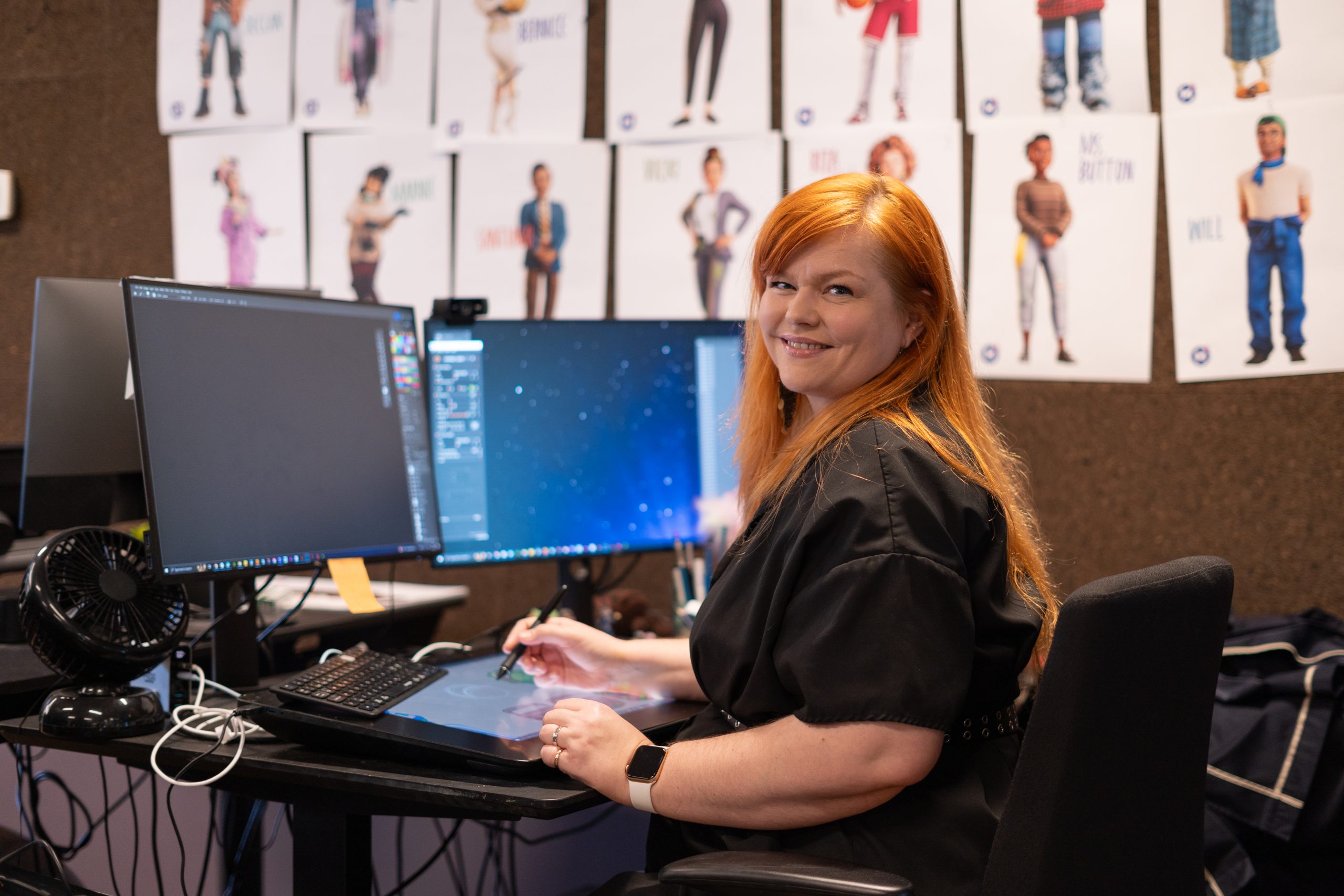Implicit bias in the workplace
Did you know that our brains have two ways of thinking? One is conscious and slow, and the other unconscious and fast. This means that we think about a lot of stuff which we’re not even aware of!
We evaluate situations, assess people and make decisions that are based not only on conscious arguments, but even more so on biases. This is where our brains go unconscious: a bias is an unconscious factor influencing how we evaluate people, things or situations. We are biased every time when we don’t base our decisions and assumptions on objective and sound evidence, and we often don’t even realize it (if you don’t get it yet, no worries, we have some real-life examples for you a bit further down)!
Being influenced by things that go beyond our conscious control is nothing we should beat ourselves up about because it’s simply how our brains work! We’re all biased and we need to acknowledge that. We should also educate ourselves and learn about the ways our brains trick us.
So what is the most actionable and effective way of mitigating bias?
Recognizing it! It’s good to know that there are different types of unconscious bias (the academic term for that is “implicit bias”). As we’re celebrating Women’s History Month, we want to highlight the biases that particularly affect women. Within that, we’ll be focusing on the individual and on what happens inside each of our brains that leads to unfair assessments of women, their work and their achievements.
Gender bias
This bias happens when people have outdated ideas about what women are capable of or interested in. Consider this situation: A man and a woman are considered for a lead role that requires direct communication and fearless decision-making. Who’ll get the job?
Motherhood penalty
This bias occurs when people assume that women won’t be as committed to their jobs once they become mothers. This can lead to women being paid less, overlooked for promotions, and not given the support they need to succeed in the workplace.
Appearance bias
This happens when the way women look affects how they are perceived. Beauty, weight and height can influence how we evaluate women and can lead to us making a decision that is completely unfounded. Take, for example, an athletic, tall man – people tend to evaluate him as more disciplined and thus generally more capable.
Affinity bias
This occurs when people tend to prefer working with others who are like them, which can make it harder for women, who don’t fit the traditional mold, to get ahead. Example: a group of male game developers excluding a female team member from social gatherings because she wouldn’t be interested in their discussions anyway, right?
Confirmation bias
This happens when people only listen to information that confirms what they already believe, which can make it hard for women to be heard in decision-making situations. Imagine a situation where a male game designer dismisses a female colleague’s ideas for a game, because he assumes that women are not interested in those types of games. Someone who thinks this way might have been tricked by their confirmation bias!
Social desirability bias
This bias occurs when people say what they think others want to hear, instead of being honest. This can impact women’s ability to be authentic and effective leaders. For example, a person might not feel comfortable to speak up when their colleagues reinforce stereotypes about female characters in a game. They might not want to speak up as they don’t want to rock the boat and be seen as difficult.
Status quo bias
This happens when people resist change and prefer things to stay the same. This can make it hard for women to challenge the way that things have always been done and introduce new ideas. When a game development studio resists incorporating more diverse perspectives and backgrounds into their game development teams, because they believe it would be too difficult or risky, status quo bias is stopping them from doing amazing things.

Now you know what are the different situations which might bring your unconscious bias out of its cage.
And let’s not stop here: Think about which of these biases might apply to you? Write them on post-its and stick them somewhere you can’t miss, like your desk or monitor. Setting up visual reminders about our brains tricking us is us tricking our brains back 😉
Have you noticed that any of your colleagues might be affected by these or other biases? Help them out! We have way more influence on our thinking habits than we might think.










